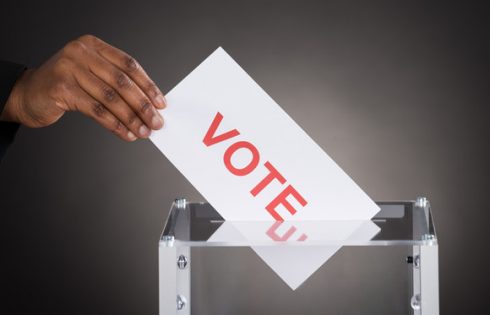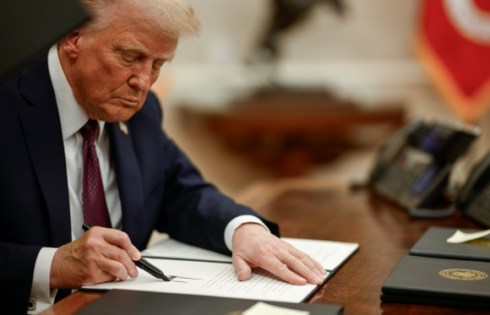
Student government leaders representing universities across Oklahoma recently approved a resolution calling on state lawmakers and higher education regents to force professors to use trigger warnings.
Members of the Oklahoma Student Government Association, which represents colleges and universities throughout the state, overwhelmingly approved the resolution that calls on legislators to pass a law that would require scholars to warn students of any “triggering content.”
The resolution states triggers can include “depictions of rape, sexual assault, abuse, self-harm, suicide, graphic violence, kidnapping and graphic depictions of gore.”
MORE: Students in Bible class get trigger warning before studying crucifixion of Jesus Christ
“The Oklahoma Student Government Association urges Oklahoma State Regents for Higher Education and the Oklahoma State Government to enact a state-wide policy which mandates the instructor of any course that may include triggering content to list trigger warnings on the syllabus along with a tentative date the content will be covered and provide written notification to students prior to the coverage of said content,” states the resolution, approved in March by a vote of 44 to 2.
The Oklahoma Student Government Association did not respond to several requests from The College Fix over the last week seeking to determine if lawmakers might consider the resolution, or what other feedback the association has received on the resolution.
The resolution’s author, Northeastern State University student Traeton Dansby, said in a statement to The College Fix that “experiencing memories or flashbacks as a result of unannounced exposure to triggering content can cause a person severe mental, emotional and physical turmoil which can adversely affect a student’s ability to perform academically.”
The resolution notes that mandating trigger warnings is not intended to censor any content, “but simply requests the respect and acknowledgment of the effect of triggering content on students with PTSD or other mental disorders.”
Dansby told The Fix he is looking out for students who suffer from mental illness — particularly PTSD victims or military veterans who may be triggered after encountering depictions of assault, violence or other graphic images.
While the use of trigger warnings on college campuses has been on the rise in recent years, some — including professors — have criticized them for not preparing college students for the real world.
MORE: Students add trigger warnings to posts on Pokemon GO, U.S. Constitution, ‘white men’
Jack Halberstam, a literature professor at University of Southern California, believes trigger warnings interfere with learning, spoil a suspenseful plot, and “get in the way of teaching,” he told NPR.org.
And the Los Angeles Times editorial board in 2014 opined: “Colleges cannot bubble-wrap students against everything that might be frightening or offensive to them. As psychologists point out, a post-traumatic response is just as likely to be triggered by something that has nothing to do with subject matter: a glimpse of the same blue-colored clothing that was visible during a traumatic event, or a certain scent that was in the air that day.”
“Professors, uncertain of what might be considered too sexual, too warlike or so forth, might issue warnings so broad that they’re meaningless, or feel pressured to bleach the syllabus to a pallid version of a real college course,” the Times wrote.
But the Times also notes that similar petitions demanding trigger warnings have been passed by student governments at schools throughout the country, including Oberlin College and UC Santa Barbara.
MORE: Professor issues cleverly sarcastic trigger warning: ‘Energy, stress, quiz, grade’
Like The College Fix on Facebook / Follow us on Twitter






Please join the conversation about our stories on Facebook, Twitter, Instagram, Reddit, MeWe, Rumble, Gab, Minds and Gettr.